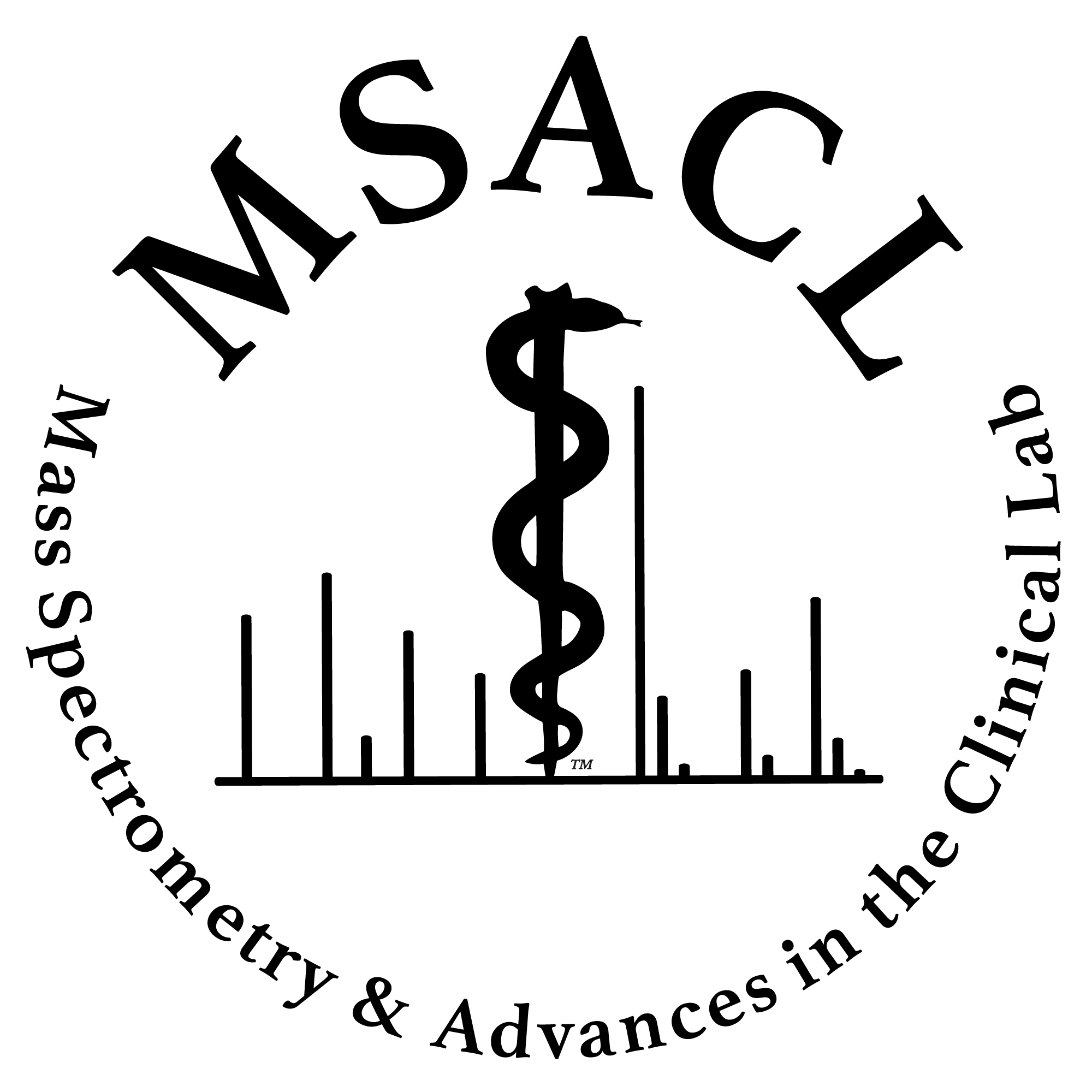|
Abstract INTRODUCTION: The emergence of Δ9-tetrahydrocannabinol (Δ9-THC) isomers, particularly Δ8- tetrahydrocannabinol (Δ8-THC), have created analytical challenges as they are often not easily resolved by traditional chromatographic methodologies. When consumed, Δ9-THC forms the metabolite 11-Nor-9-carboxy-Δ9-tetrahydrocannabinol (Δ9-THCCOOH). Similarly, Δ8-THC is metabolized to 11-Nor-9-carboxy-Δ8-tetrahydrocannabinol (Δ8-THCCOOH). Traditional methods for separating Δ8-THC and Δ9-THC do not adequately resolve these metabolites, resulting in quantitation issues and the inability to determine an accurate value for one or both isomers. This issue is especially prevalent in urine samples, where these metabolites may be detected at high concentrations.
OBJECTIVES: The primary objective of this study was to evaluate the capability of different HPLC column chemistries to separate Δ8-THCCOOH and Δ9-THCCOOH.
METHODS: Multiple LC-MS/MS methods were developed and optimized to separate Δ8-THCCOOH and Δ9-THCCOOH using a Raptor Biphenyl (2.7 µm, 100 x 2.1 mm), Raptor C18 (2.7 µm, 100 x 2.1 mm), and a Raptor FluoroPhenyl (2.7 µm, 100 x 2.1 mm). Each method used water and methanol as MPA and MPB respectively, both acidified with 0.1% formic acid.
RESULTS: The Raptor Biphenyl did not provide any separation of these isomers under the conditions tested. Utilizing the Raptor C18 column, partial separation of the isomers was obtained in a 7-minute method but was unable to achieve complete resolution. By extending the method to 19 minutes, greater separation was achieved, but the isomers were still unable to be completely resolved. Using the Raptor FluoroPhenyl column, complete resolution of the isomers was achieved in a 7-minute method cycle time. Results were confirmed by analysis of spiked urine samples.
CONCLUSIONS: Of the three stationary phases tested, the Raptor FluoroPhenyl column chemistry provided optimal separation of Δ8-THCCOOH and Δ9-THCCOOH in the shortest analysis time. The separation completely resolved the isomers, preventing quantitation errors caused by the analytes interfering with each other. |

